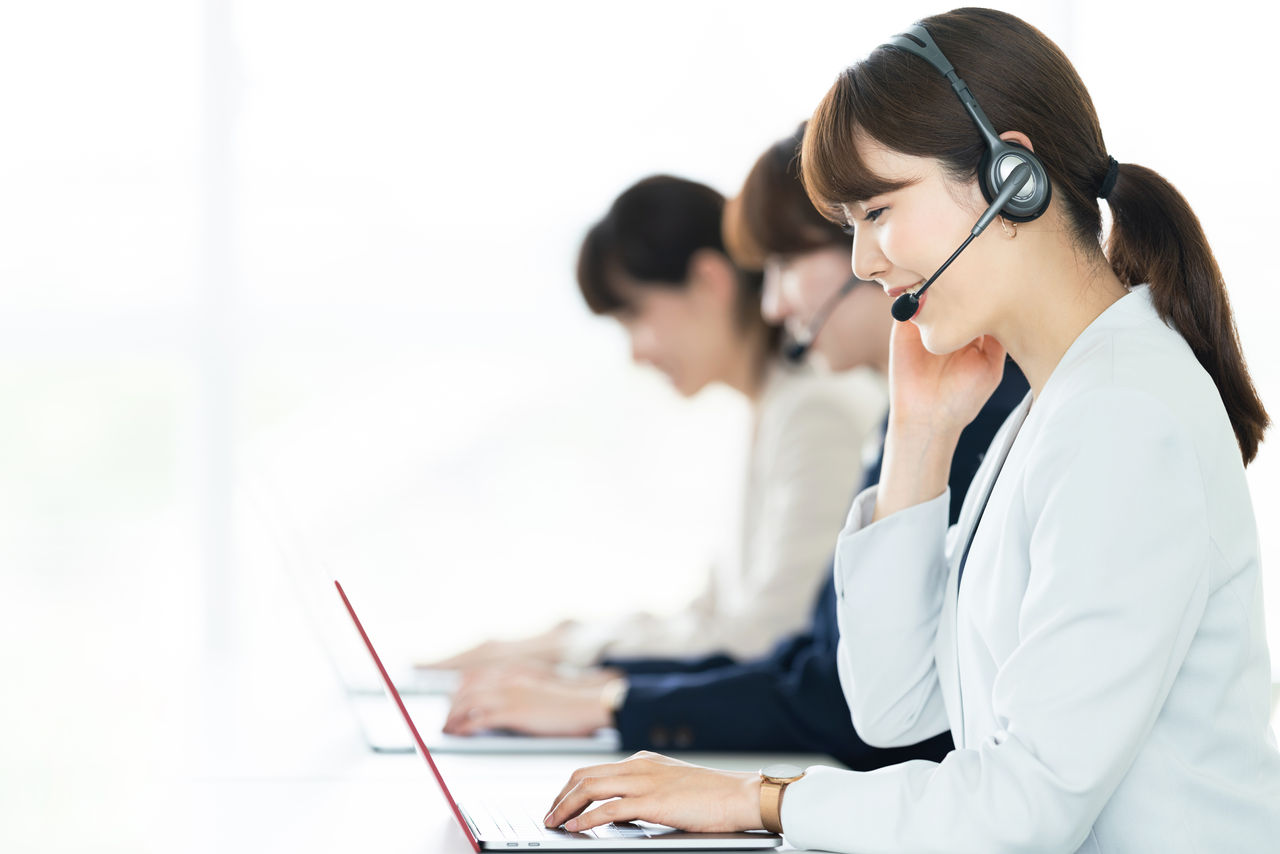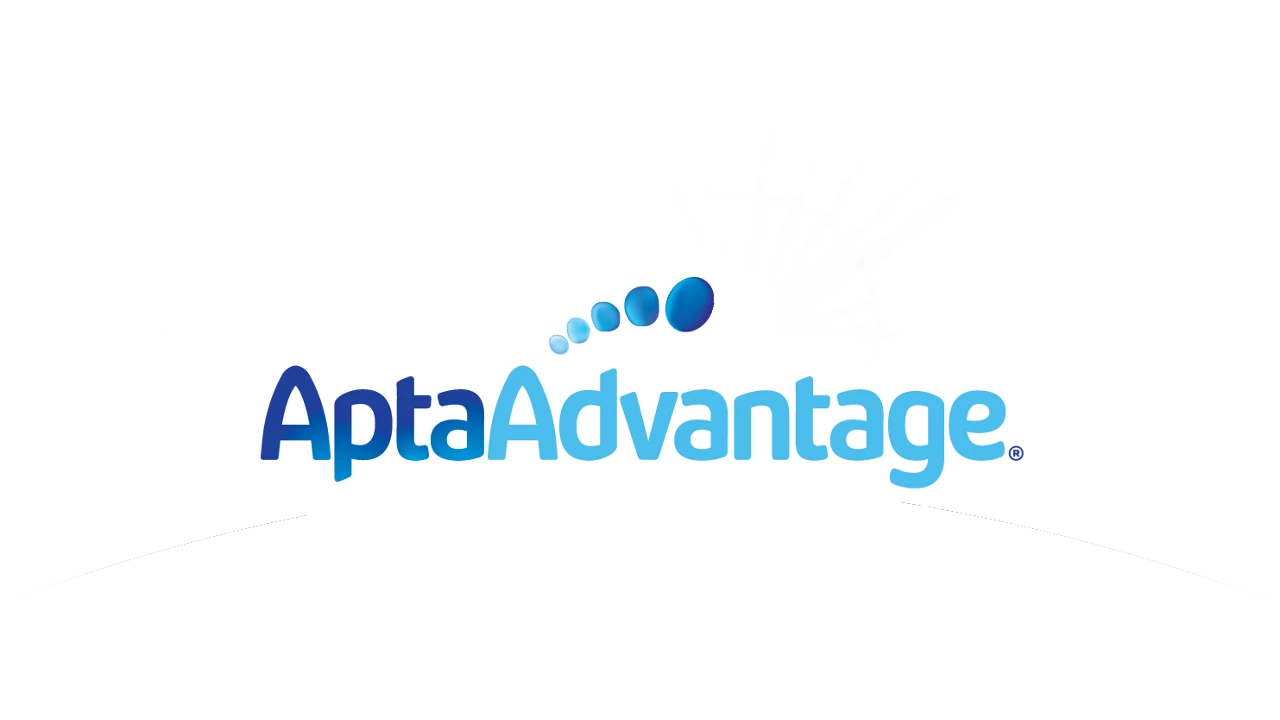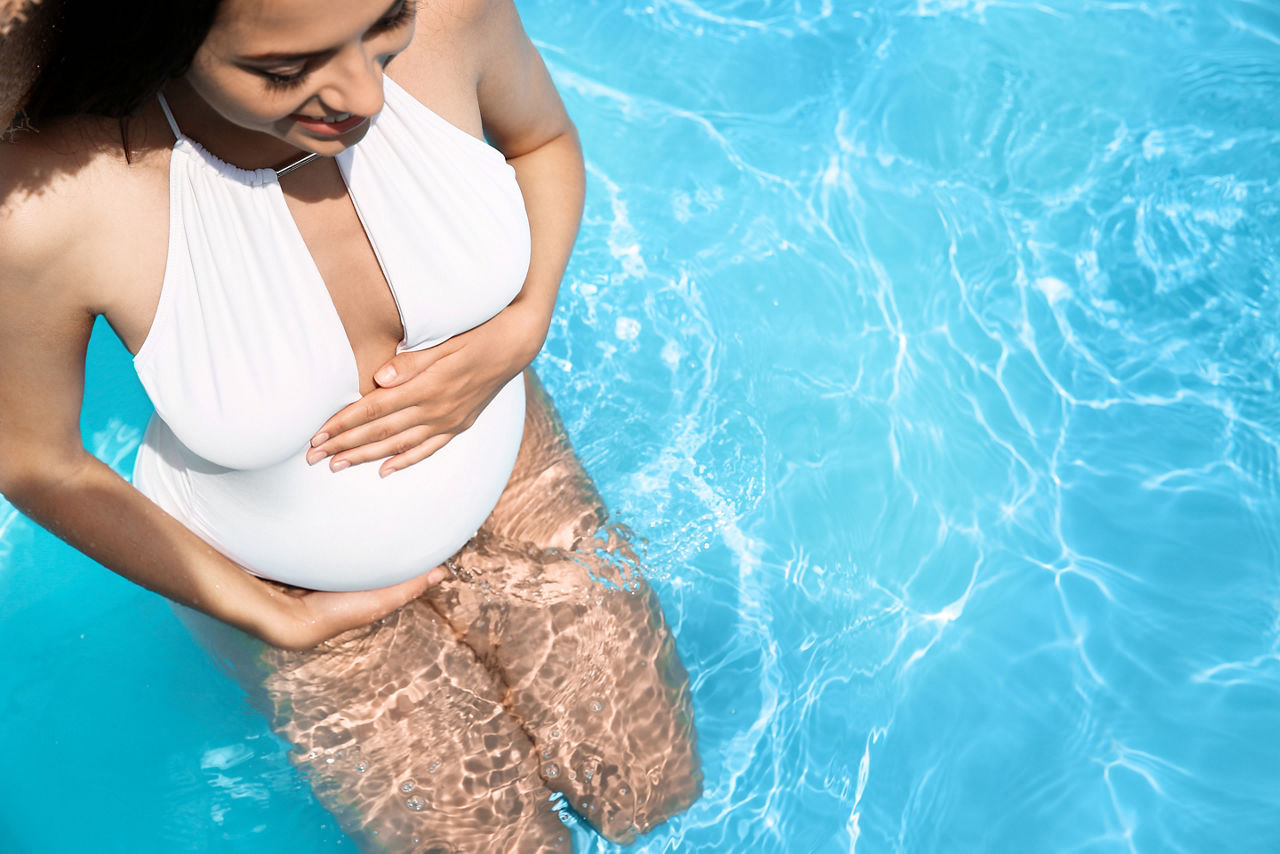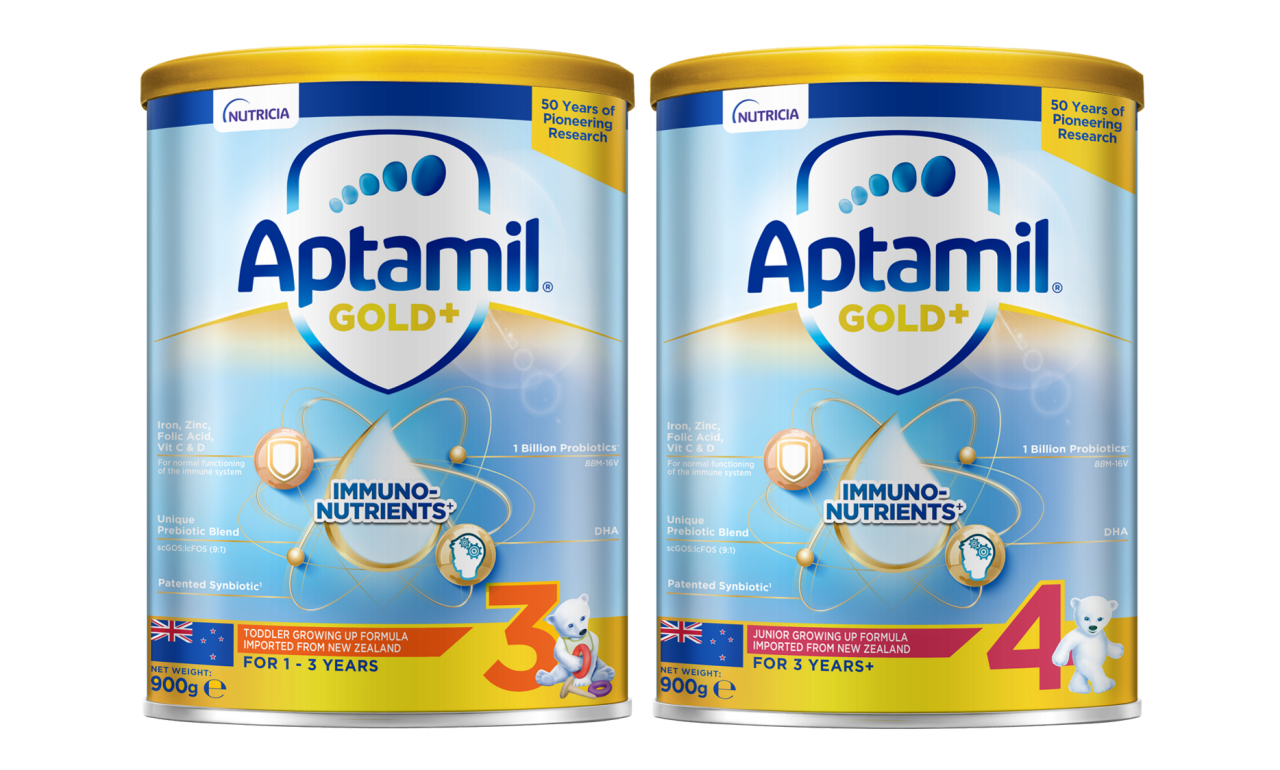Breastmilk is the best for babies. The World Health Organisation recommends exclusive breastfeeding for the first six months of life. Unnecessary introduction of bottle feeding or other food and drinks will have a negative impact on breastfeeding. After six months of age, infants should receive age-appropriate foods while breastfeeding continues for up to two years of age or beyond. Consult your doctor before deciding to use infant formula or if you have difficulty breastfeeding.
- Week 1
- Week 2
- Week 3
- Week 4
- Week 5
- Week 6
- Week 7
- Week 8
- Week 9
- Week 10
- Week 11
- Week 12
- Week 13
- Week 14
- Week 15
- Week 16
- Week 17
- Week 18
- Week 19
- Week 20
- Week 21
- Week 22
- Week 23
- Week 24
- Week 25
- Week 26
- Week 27
- Week 28
- Week 29
- Week 30
- Week 31
- Week 32
- Week 33
- Week 34
- Week 35
- Week 36
- Week 37
- Week 38
- Week 39
- Week 40
Childbirth: Choosing Water Birth in Singapore
What is a Water Birth?
Water birth, also known as gentle birth, is a birthing method that encourages labor and delivery in a tub of warm water. You can use a deep bath or birthing pool and have your water birth at home, hospital, or in a birthing center that supports water birth. Some women labor in the birthing pool and give birth outside of the water, while others choose to labor and birth while sitting in waist high water. A trained doctor, or midwife helps you through the process of giving birth in water.
Water birth is popular among women who prefer a natural childbirth without the use of epidural or medication, and who see the buoyancy of a warm water environment as a gentle way to support their birthing experience. Water birth has also been known to be less stressful on the mother and child. (Thomson Medical)
Picture a gentle welcome for your baby. You’re in a warm pool of water, and you’re cooling off your face with a washcloth. Your doctor is monitoring your baby with an underwater device. When contractions begin, you feel relaxed and comfortable, even when it’s time to push!
Why Choose a Water Birth?
Natural water birth has many benefits. A more relaxing birth experience is the primary reason most women opt for giving birth in water. Other advantages to water birthing include:
Immersion in the tub with warm water during the first stages of labor has a relaxing effect on your muscles.
It can relieve pain and ease tension throughout your body, and reduces the need for pain-relieving drugs. Water labor can help improve blood flow to the uterine muscles, making labor more comfortable.
It can shorten labor. Warm water helps contractions progress more smoothly, which in turn can shorten your labor. Its buoyancy also allows freedom of movement for mothers as they shift from one position to another during labor.
Being in water also gives you the freedom to experiment with different positions.
Less risk of tearing since your tissues will be soft and stretchy.
A water birth provides a less stressful environment to the baby, making his or her introduction into the world more calm and peaceful.
Water Birth Risks
Water birth can be a great choice for moms who want to manage their birth experience naturally, but there are some potential disadvantages to be aware of:
Water births are only recommended for low-risk pregnancies - Any complication during labor or delivery can be further complicated by the need to get the mother safely out of the water.
You or your baby could get an infection - Since blood, other fluids and solids are a natural part of labor and delivery, babies could be exposed to bacteria if they open their eyes or mouth underwater.
The umbilical cord could snap before your baby comes out of the water.
Your baby’s body temperature could be too high or too low.
Your baby could breathe in bath water.
Your baby could have seizures or not be able to breathe.
Are You a Good Water Birth Candidate?
Some factors may keep you out of the running for a water birth. You shouldn’t try it if:
You’re younger than 17 or older than 35.
You have complications like preeclampsia or diabetes.
You’re having twins or multiples.
The baby is in the breech position.
The baby is premature.
You’re having a really big baby.
You need to be constantly monitored and it can’t be done in the tub.
You have an infection.
The Practicalities of a Water Birth
For water birth to be effective, you will need to be immersed up to your nipples in body-temperature water. Your abdomen should be under the water. You can get in and out of the water whenever you want — so keep a comfortable dressing gown or robe handy.
If you’re using a birthing pool in hospital or at home, your midwife or doctor will regularly check the baby’s heartbeat using a handheld ultrasound test.
Although it can be soothing, some women find that the water doesn’t give as much pain relief as they were expecting. Mothers who underwent water birth shared that if the pain was unbearable, you would still need to get out of the water to get your epidural. (Mummy.sg) Always be prepared for a possible change of plan, just in case!
Water Birth Precautions to Take
If you’re thinking about a water birth, talk to your health care professional early in your pregnancy to find out if it’s a service the hospital provides.If you’re planning a water birth at home, ask your health professional to see if your bathtub is suitable. Otherwise, you may need to rent or purchase a birthing pool.
Regardless of where you decide to deliver, having a water birth means you should ask questions about how the labor and delivery are done. Things to look for:
You have an experienced, licensed health care professional with doctor backup to help you through the labor and delivery.
High standards are kept to ensure the tub is clean and well-maintained.
Proper infection control measures are in place.
You and your baby are being properly monitored while in the tub as required.
There’s a plan to get you out of the tub as soon your doctor, nurse, or midwife says it’s time.
The water temperature is well-regulated, usually between 97 to 100 F.
You drink water during the birth to avoid dehydration.
Getting into a warm bath too early might slow your labor.
Where Can I Have a Water Birth in Singapore?
Water births are available at:
National University Hospital (NUH)
Mount Alvernia Hospital
Thomson Medical Centre
Raffles Hospital
Home birth: Dr Lai Fon-Min, an obstetrician-gynecologist in Singapore
The cost of using water birth facilities ranges from $400 to $3,000. This is in addition to the maternity package fees.
References:
https://www.webmd.com/baby/water-birth
https://sg.theasianparent.com/water-birth
https://www.healthpartners.com/blog/water-births-benefits-risks-how-they-work-and-how-to-plan-one/
https://singaporemotherhood.com/water-birth-a-gentler-birth/

Connect with our team of experts
We provide advice and support for you on your parenthood journey




